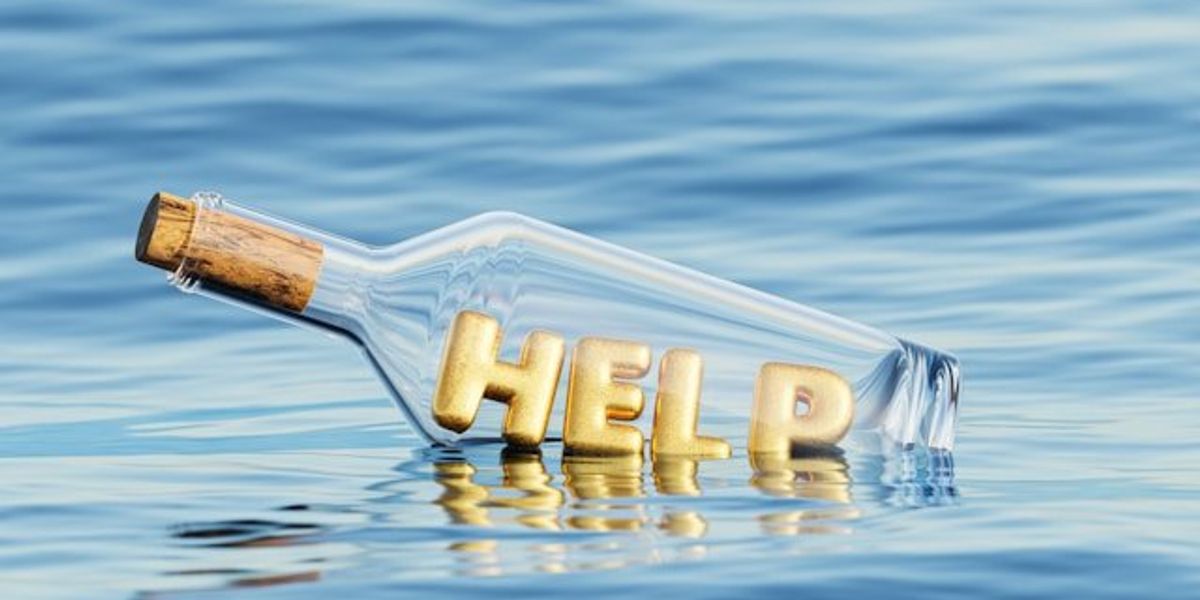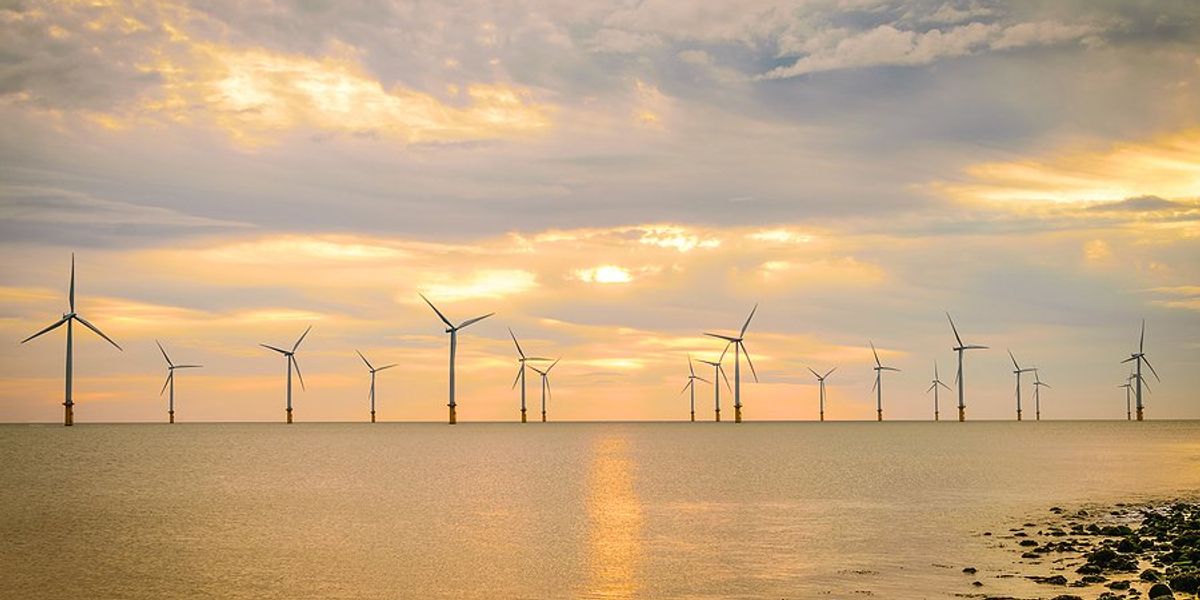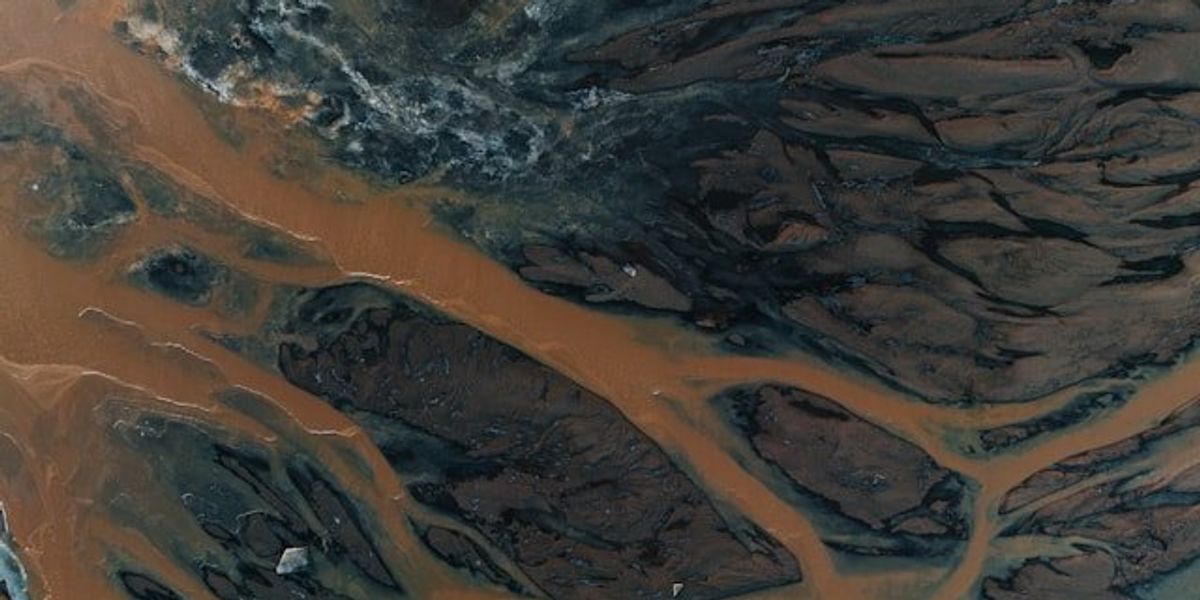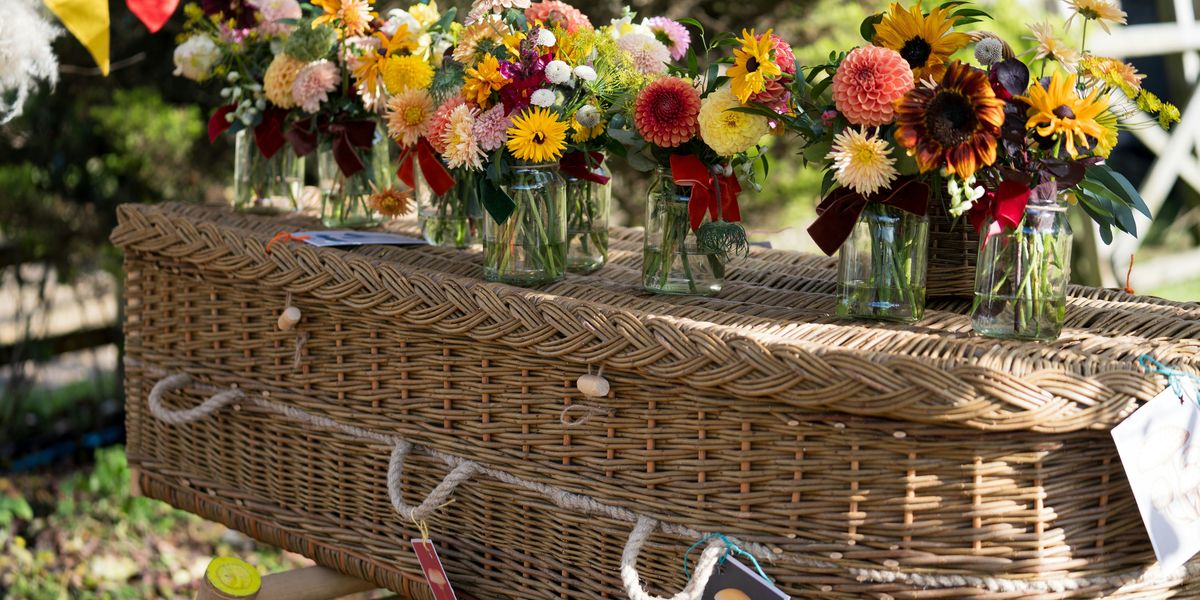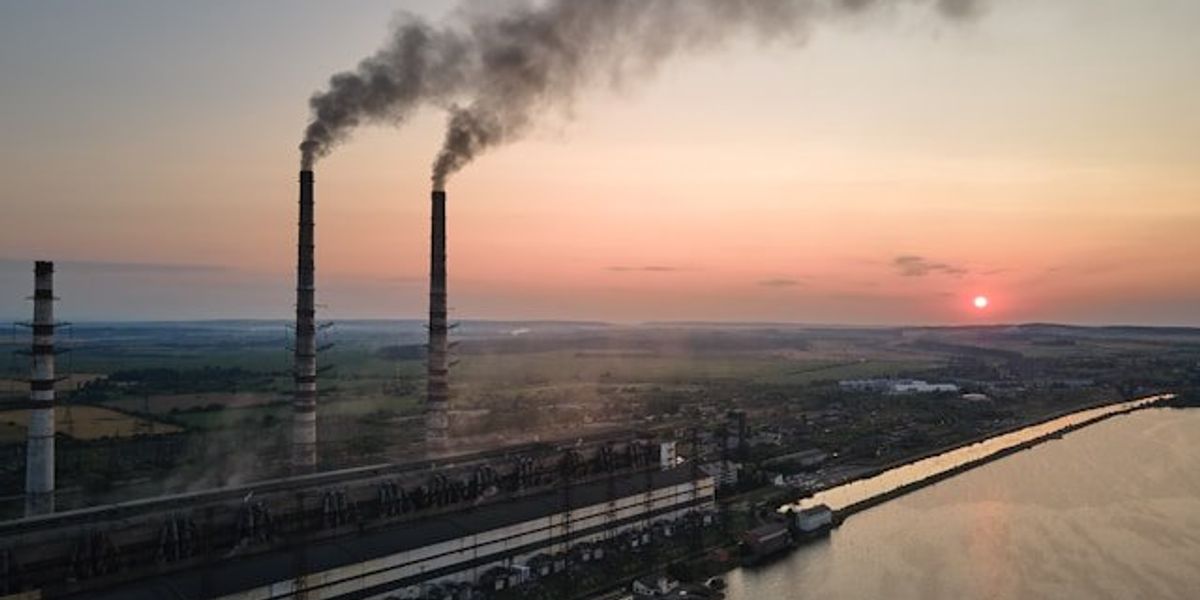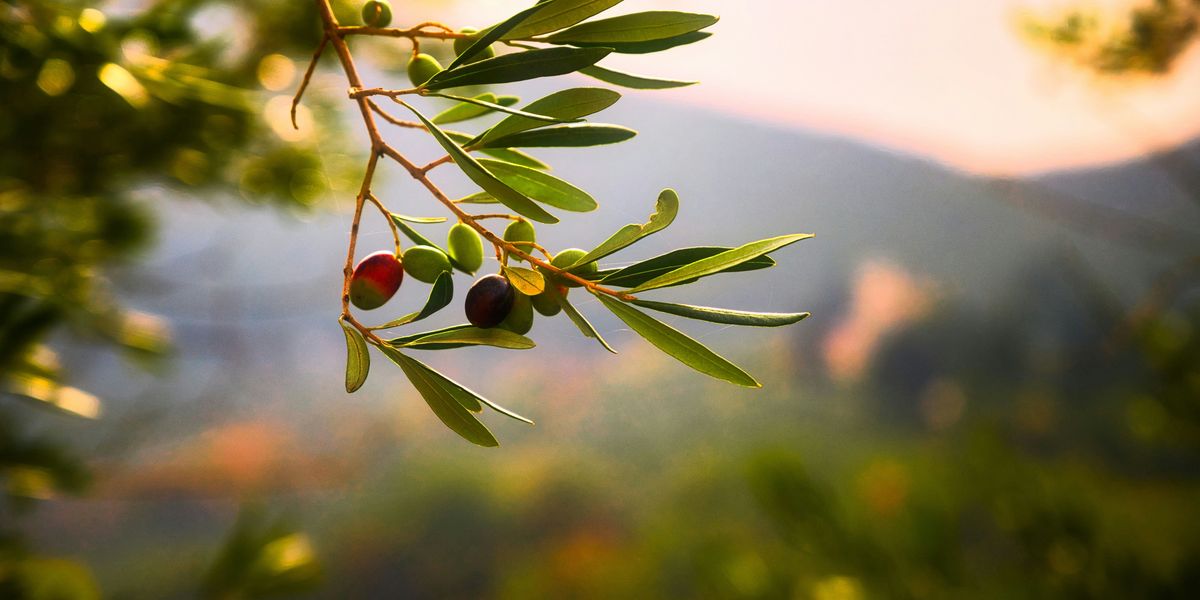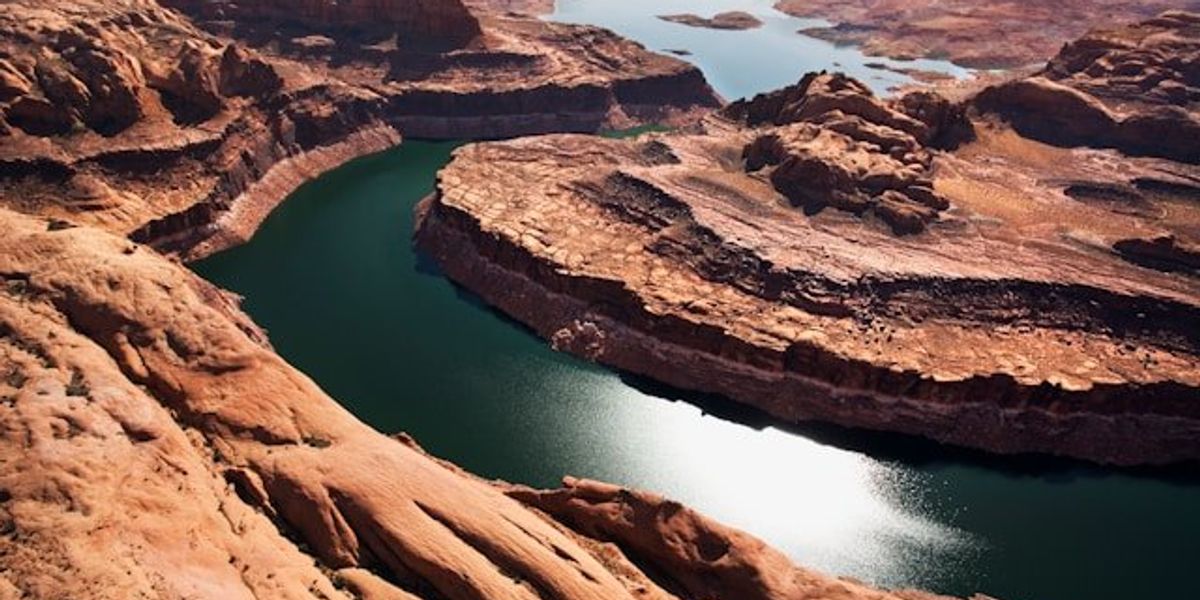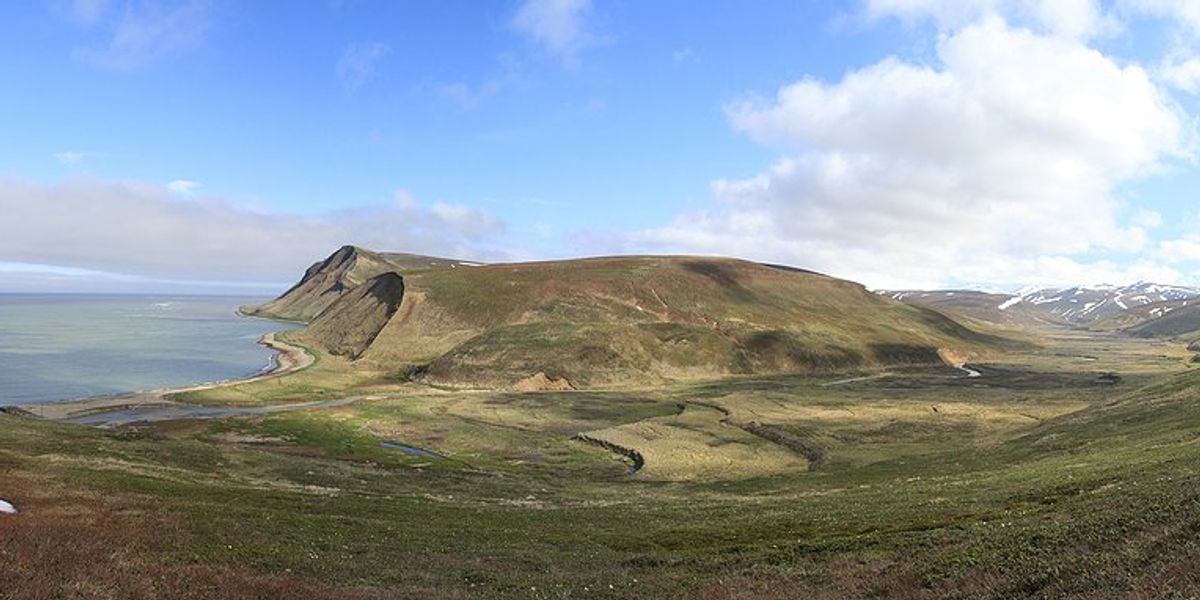
Alaska’s St. Paul Island struggles to survive as warming seas erase ice and upend life
On St. Paul Island in the Bering Sea, rising temperatures and disappearing sea ice have shattered the local economy, unraveled the community, and left residents fighting to preserve their way of life.
Joshua Partlow and Carolyn Van Houten report for The Washington Post.
In short:
- Warmer waters around St. Paul Island led to the collapse of crab populations, the shutdown of the island’s major crab processing plant, and severe municipal budget cuts.
- The absence of winter sea ice has accelerated coastal erosion, destroyed traditional hunting grounds, and threatened historic sites such as the island cemetery.
- Scientists warn that continued climate-driven disruptions could erase decades of fisheries research and further imperil the island’s fragile ecosystem.
Key quote:
“We’re not freezing in the winter like we used to be.”
— Aaron Lestenkof, environmental monitor and Aleut resident of St. Paul Island
Why this matters:
The rapid warming of the Bering Sea and its devastating effects on St. Paul Island offer a stark glimpse into how climate change can dismantle a community’s fabric without warning. The collapse of snow crab populations, loss of sea ice, and crumbling infrastructure show how environmental changes hit hardest in isolated, Indigenous communities that depend directly on natural resources for survival. The environmental shifts also reverberate beyond the island, destabilizing fisheries that supply food across the United States and undermining decades of scientific understanding.
Learn more: Rising ocean temperatures signal potential global disruptions

